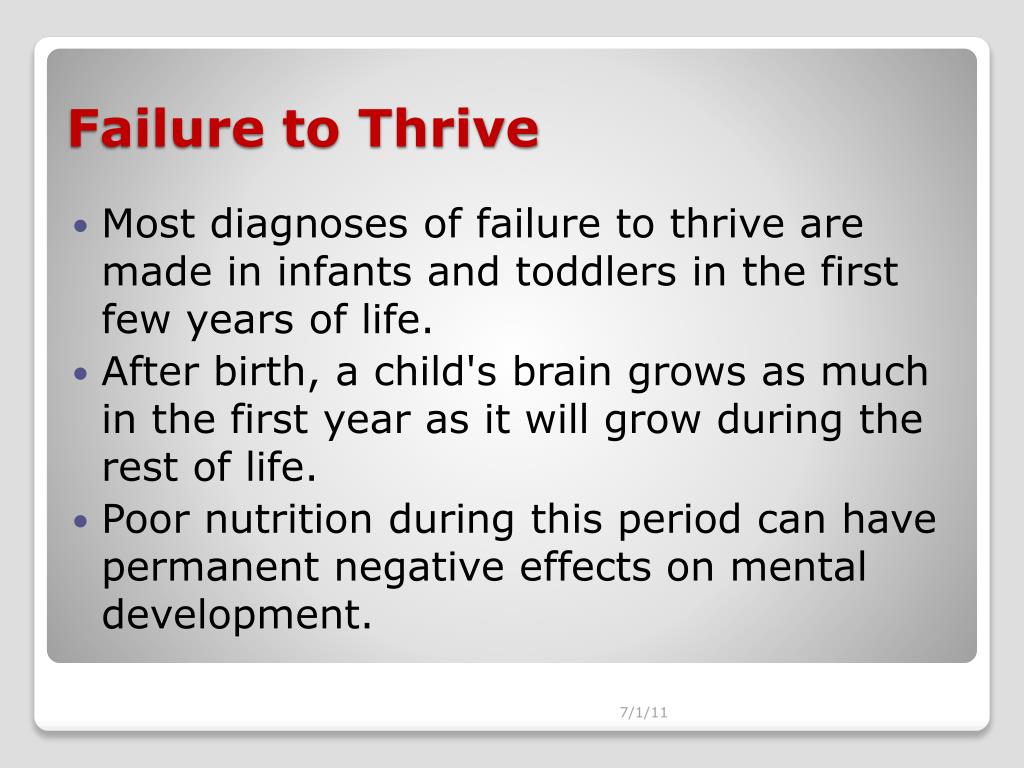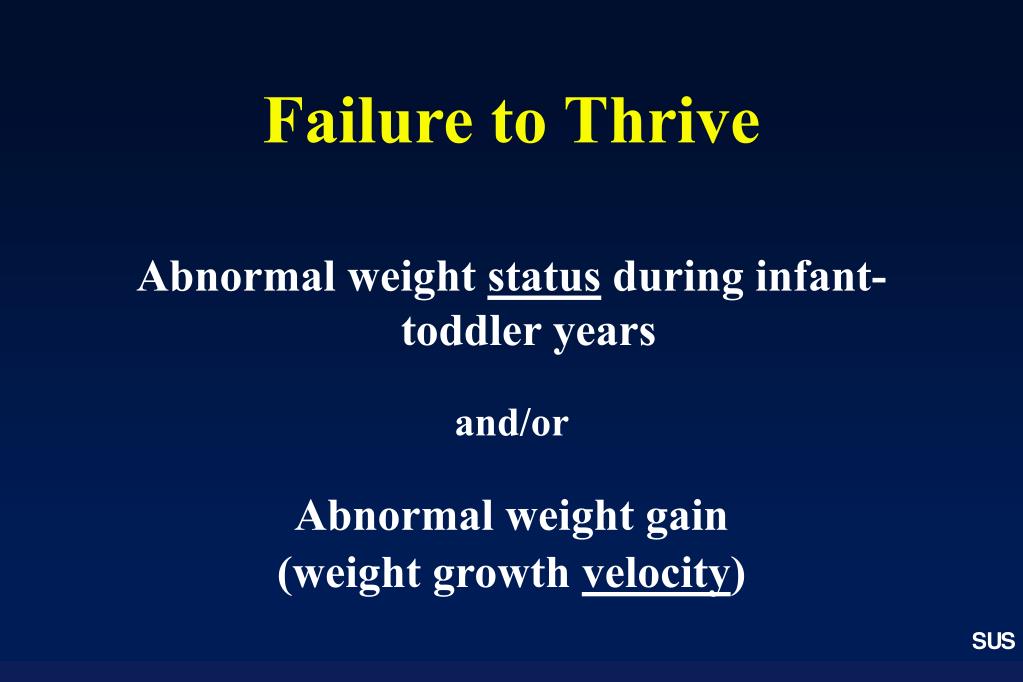
These have been reported in children as young as 16 weeks of age. The tear follows forceful emesis or repeated retching. Mallory-Weiss tear is a laceration of the posterior wall of the GE junction. Likely with hx of vomiting followed by hematemesis Specific Etiologies in Infants and Children:

These patients usually also have elevated WBC with neutrophilia.Įxtraheptic portal vein obstruction leading to varices of the stomach or esophagus occurs as a result of omphalitis, secondary to catheterization of the umbilical vein, or secondary to a spontaneous inflammatory process of the umbilical blood vessels.

Intolerance to cows' milk and soy protein can lead to hematemesis and/or rectal bleeding. To differentiate mother's from baby's blood, perform an alum-precipitated toxoid test (Apt test) - fetal blood remains pink, while maternal blood turns yellow brown. Swallowed water and maternal blood can appear as upper GI bleeding. Other coagulopathy, either hereditary of secondary to liver failure (loss of coagulation factor production) or infection (e.g. Consider if the newborn was not administered vitamin K at birth. Hemorrhagic disease of the newborn secondary to vitamin K deficiency. Major bleeding may be the result of hemorrhagic gastritis or stress ulcers caused by a perinatal insult of hypoxia, sepsis, or lesions of CNS. Quite often, the cause of bleeding is not identified and the bleeding ceases in less than 24 hours. I. ITP, chemotherapy Specific Etiologies in the Newborn I. Peptic ulcer, Curling ulcer, Duplication cyst, Foreign body Stress, Sepsis, Protein Intolerance, Trauma (i.e. This framework is helpful to keep in mind when considering your differential diagnosis. Ehlers-Danlos), and macroscopic vessel malformation (AVMs) also predispose to bleeding. Coagulopathies (acquired or congenital), molecular abnormalities of blood vessel wall structure (e.g. The most common general causes for UGI bleeding in Western children are traumatic (Mallory-Weiss tear), ulcers of the stomach and duodenum, esophagitis, and gastritis.

The age of the pediatric patient is helpful when determining the differential diagnosis. The common manifestations are hematemesis or melena, while very brisk UGI bleeding can present with hemodynamic changes (symptoms of dizziness, dyspnea or shock) and/or hematochezia. The upper GI tract is considered any location proximal to the Ligament of Treitz (distal duodenum).


 0 kommentar(er)
0 kommentar(er)
